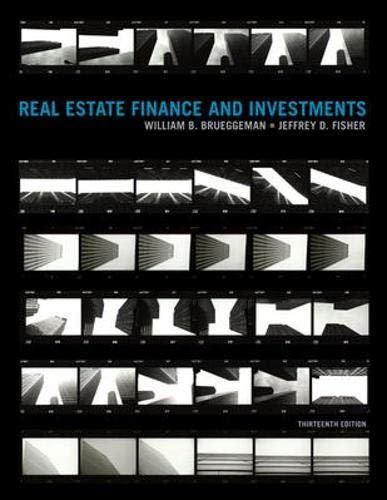Question
In June of 2006, AIC Limited published full-page advertisements focused on the fact that its AIC Advantage Mutual Fund was Canada's Best Performing Canadian Equity
In June of 2006, AIC Limited published full-page advertisements focused on the fact that its
AIC Advantage Mutual Fund was Canada's "Best Performing Canadian Equity Fund over the 20
years" ending May 31, 2006. The equivalent annual rate of return during the 20 years was
11.9% compared to 9.9% for the benchmark S&P/TSX Composite Total Return Index. But the
advertisement failed to point out that during the second half of that 20-year period, the fund's
9.4% compounded annual return was actually less than the 10.2% growth rate for the S&P/TSX
Composite Total Return Index. Furthermore, in the final 5 years of the 20-year period, the fund's
2.4% annual rate of return was far below the index's 9.5% annual growth. The Advantage
Fund's five-year performance was even less than the
median
performance of all Canadian
equity mutual funds. In short, AIC was still trying to capitalize on the initial 10 years of truly
outstanding performance, even though the Advantage Fund's subsequent 10 years'
performance was at best mediocre.
a) What would $10,000 invested in the AIC Advantage Fund on May 31, 1986 have grown to
after 20 years?
b) What was this investment worth after the first 10 years?
c) What compound annual rate of return did the AIC Advantage Fund earn during the first 10
years of the 20-year period? Round to the nearest 0.01%.
d) To the nearest 0.01%, what was the overall percent increase in the value of an investment
in the AIC Advantage Fund during:
(i) The first 10 years?
(ii) The second 10 years?
Step by Step Solution
There are 3 Steps involved in it
Step: 1

Get Instant Access to Expert-Tailored Solutions
See step-by-step solutions with expert insights and AI powered tools for academic success
Step: 2

Step: 3

Ace Your Homework with AI
Get the answers you need in no time with our AI-driven, step-by-step assistance
Get Started


